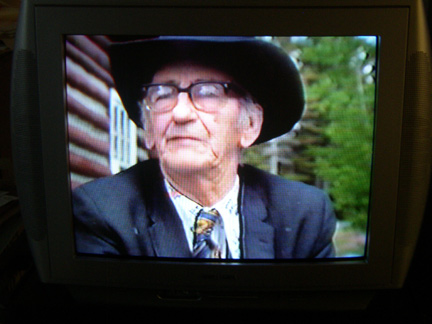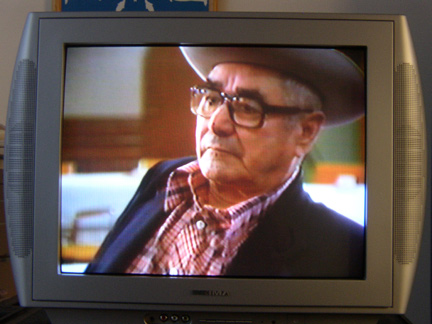|
Maurice L'Hirondelle Former President, FMSA
click to enlarge cover |
Start 1930-31 1932 1933 1934 1935-38 1939 1940-41
On February 27, 1933 the Legislature passed a motion pressing the government to study Métis conditions and report back to the Legislature at the beginning of the next session.
During the year, Métis leaders presented at least three policy statements, none of which was signed by all five executive members. (There were other submissions, before and after 1933 e.g. April 5, 1932, January 29, 1934 and April 14, 1934).
The content was consistent across these documents. All referred, in differing degrees, to proposed reserved lands, the nature of Métis administration/governance, schooling, conservation, hunting and trap-line management.
With regard to Métis governance, Brady and Norris tended to promote independent Métis democratic institutions and decision-making. (Brady was particularly clear in his thinking). Similarly, government personnel reported on a July 1932 Métis meeting saying the Métis seemed to be asking for independent administration of Métis affairs by Métis themselves. They wrote: "The feeling appeared to be that their Council would administer the affairs of the Half-breeds." Other writers (e.g. Dobbin 1981) also suggest that this was the position of the Métis.
It was Dion's conciliatory approach that drove Métis policy statements. Written by the Métis leaders themselves they described a recommended administrative structure for reserved lands comprising local boards of management and a government appointed institution that would administer Métis affairs. (Norris and Brady also described this kind of structure in their January 29, 1934 document to the Executive Council of government. And much later, in the same vein, Dion in 1939 expressed the hope that a Department of Métis Affairs would be instituted.) A role for the Association itself, while written in personal letters, was not described in these 1933 Métis policy statements. It was not until 1939 that there was a renewed effort, in fact a scramble, to gain a foothold for the Association as an umbrella organization for the Colonies. But by then it was too late.
Regarding land tenure, these statements proposed specific areas of land, in a deferential tone, accepting that government might have different views on the amount of, and areas for, reserved Métis land.
The 1933 Métis statements were the following:
1. In January 1933 a report from Dion (and, judging by its style and tone, from Harvie the Deputy Minister of Lands and Mines also) to Reid on the December 28, 1932 meeting in St. Albert.
2. On August 10, 1933, a memorandum from Dion to Reid suggested sites for isolated reserved lands for the Métis.
3. On August 26, 1933 a memorandum from Dion and Norris to George Hoadley, the Minister of Agriculture, argued for better conservation and wildlife management and for non-regulation of trap-lines.
In November 1933, Hoadley wrote to Norris saying that Reid had recommended to Cabinet that an inquiry be established.
**The majority of the writers are the executive council of the newly
formed l'Association des Métis d'Alberta et les Territoires du Nord-Ouest in December 1932: Joseph
Francis Dion, President, Malcolm F. Norris, First Vice-President, James Patrick
Brady, Secretary Treasurer, and in January 1934, Peter C. Tomkins elected as
Third Vice-President. Some letters and reports are by the politicians
responsible for Metis welfare: Joseph M. Dechene, a Liberal MLA, Richard Gavin
Reid (CCF Minister of Lands and Mines and Premier in 1934), George Hoadley (CCF
Minister of Agriculture and acting-Premier at times), J. E. Brownlee (CCF
Premier), W. W. Cross (from 1935 the Social Credit, Minister of Health), William
Aberhart (Social Credit Premier) and others; and there are those written by the
bureaucrats involved in developing and administering Metis policy: J. Harvie
(Reid's Deputy Minister), Frank Buck (Cross' lead bureaucrat in the Bureau of
Relief and Public Welfare***), J. Rankine (a solicitor for Harvie and eventually
the secretary of the Ewing Commission) and
others. ***after 1939 the name is the Bureau of Public Welfare. |


